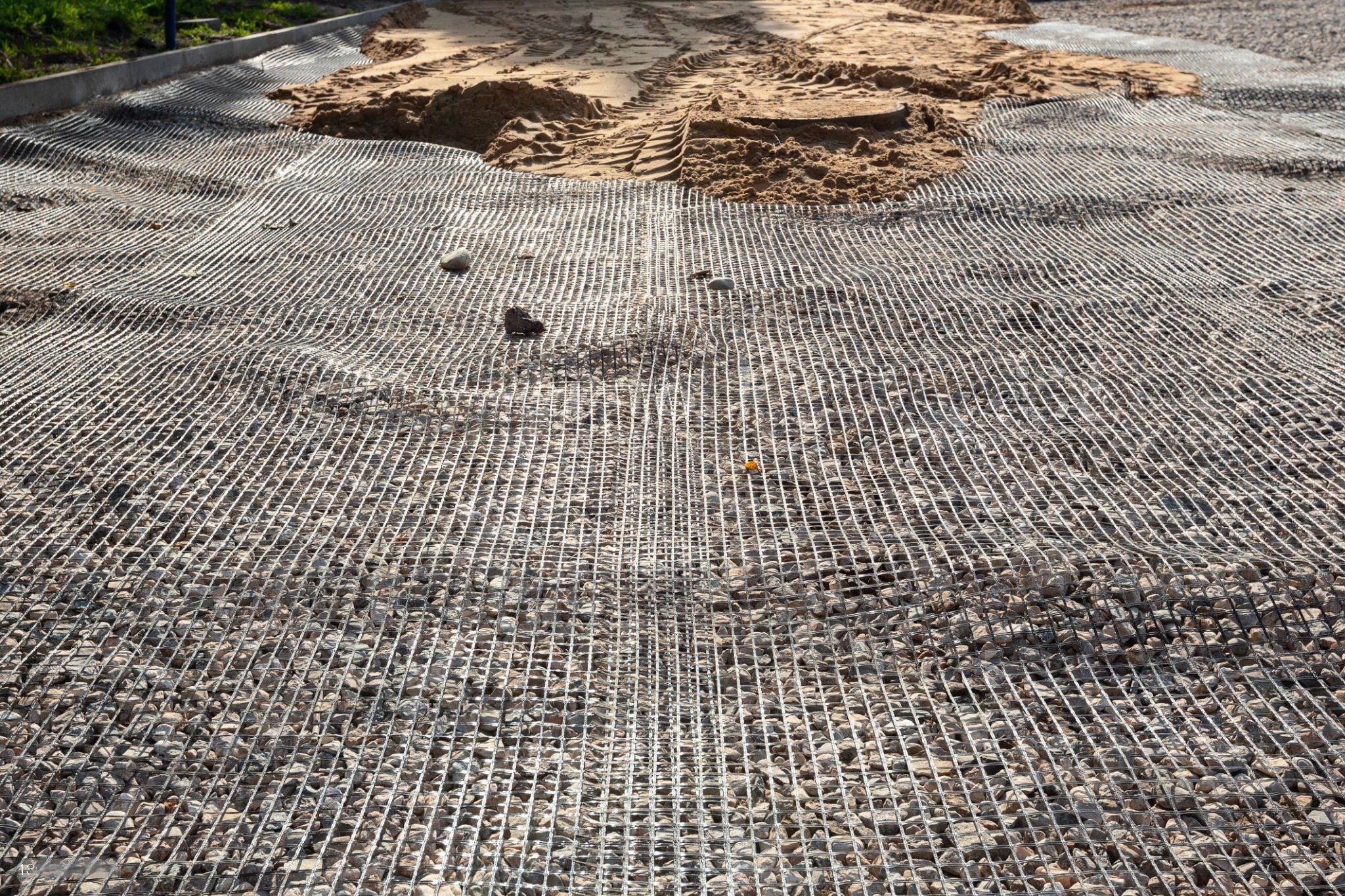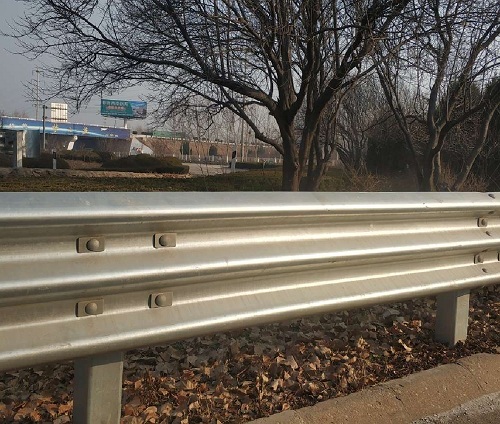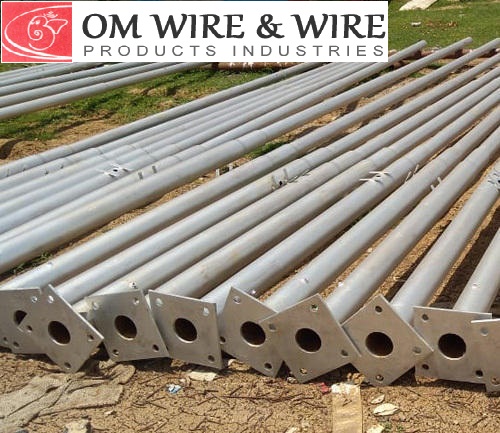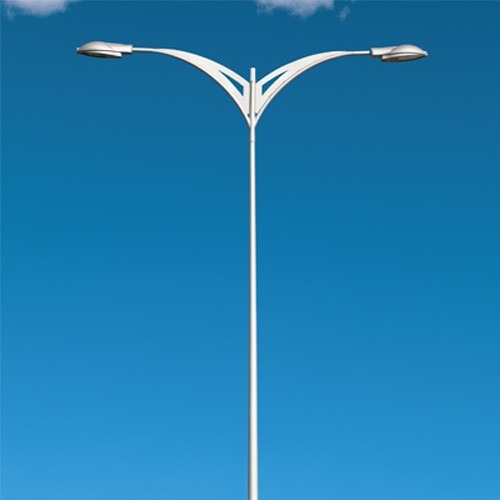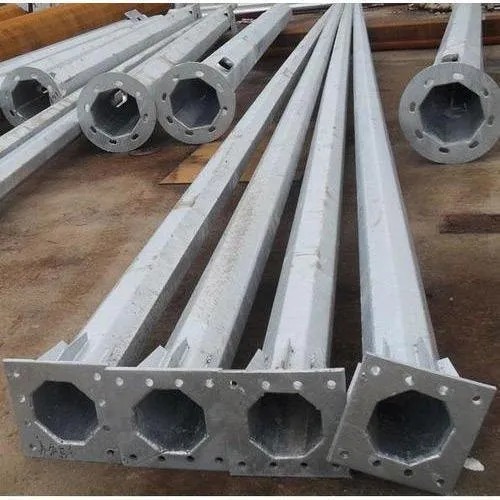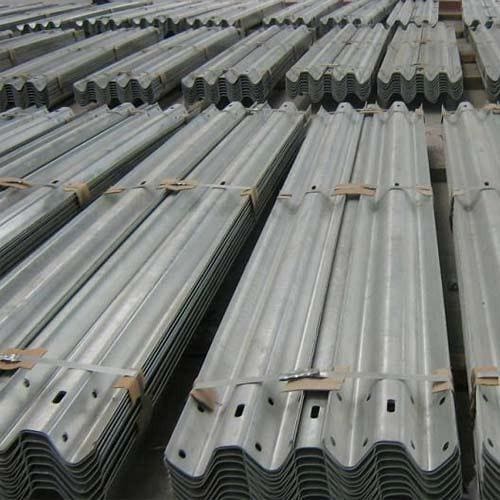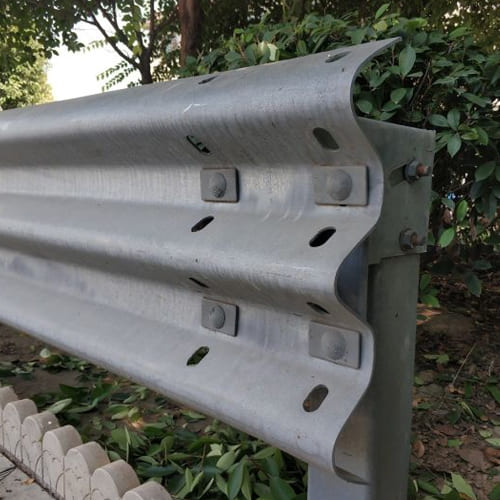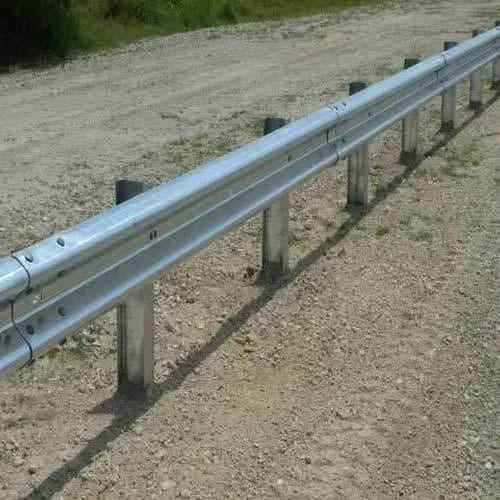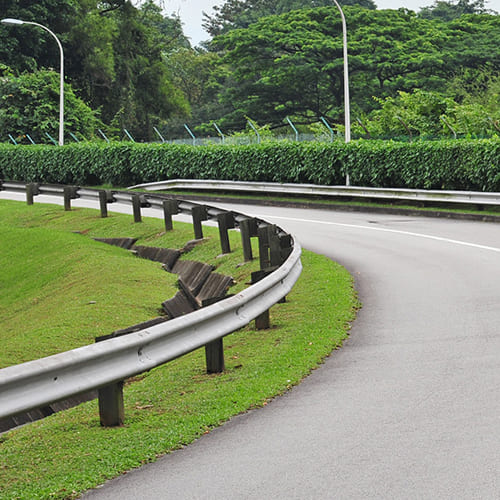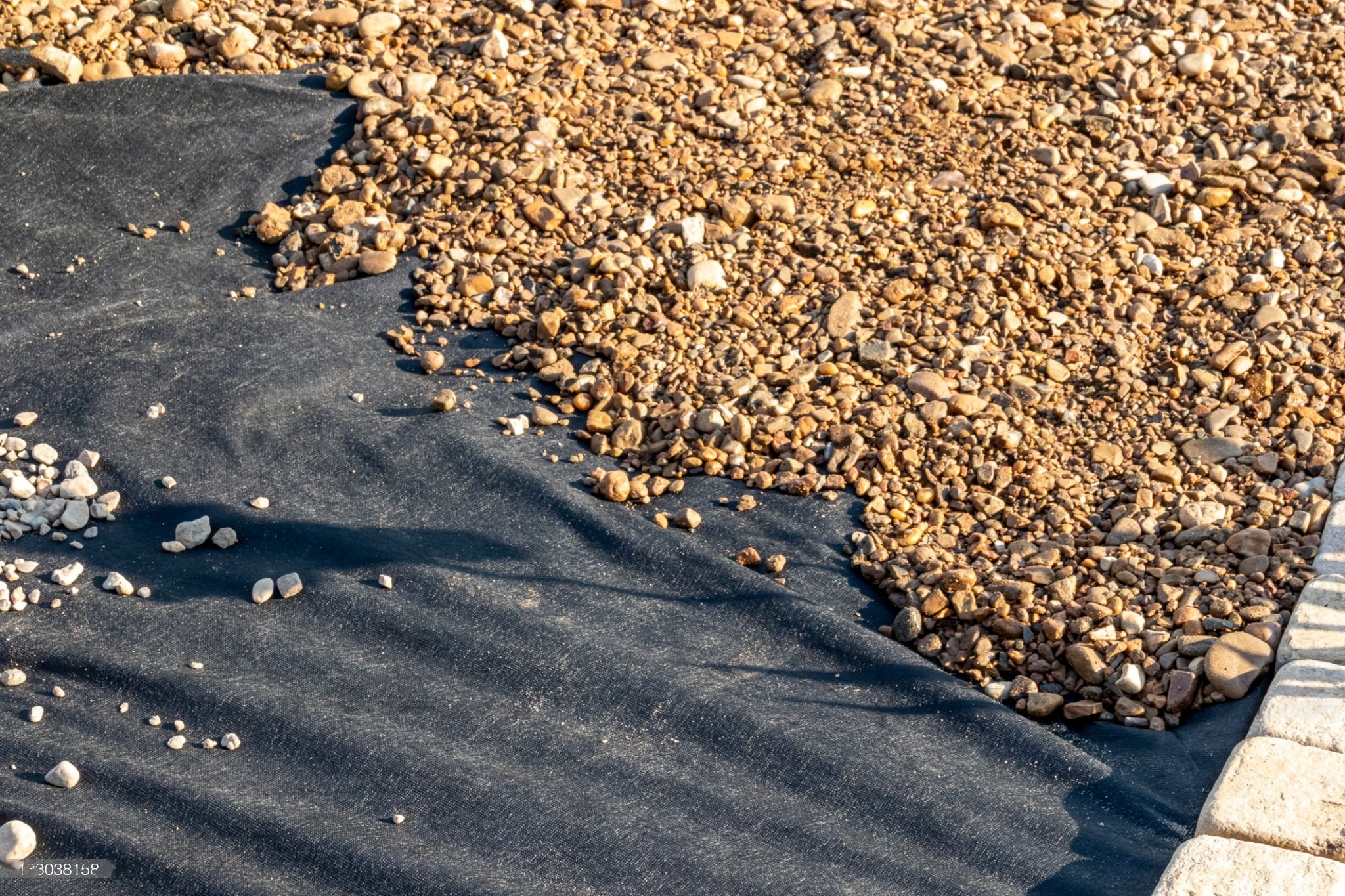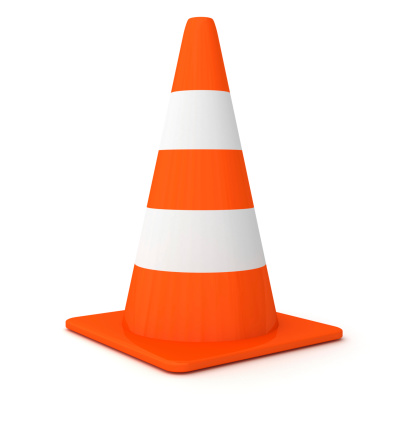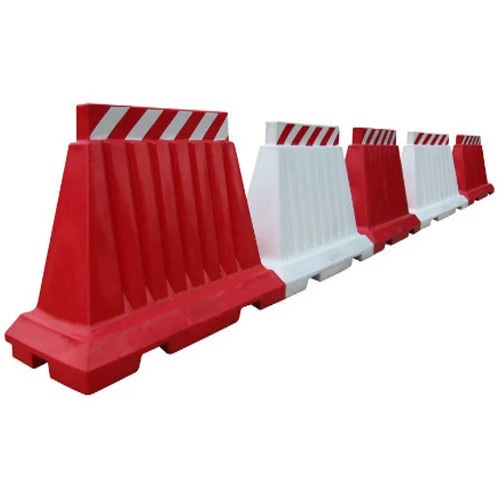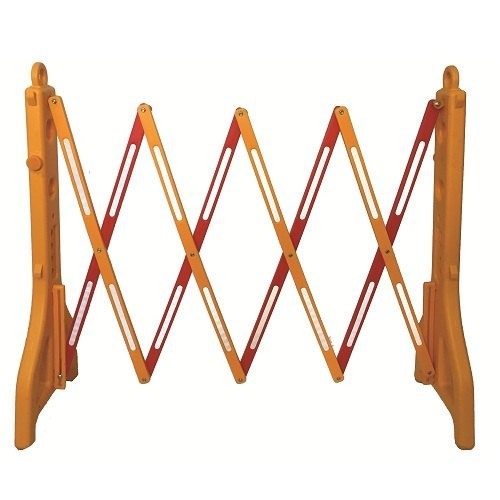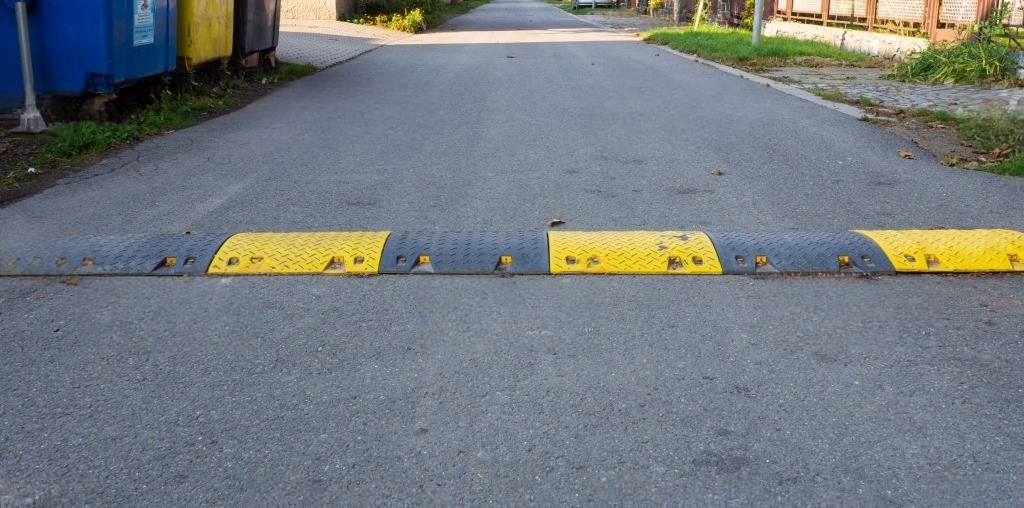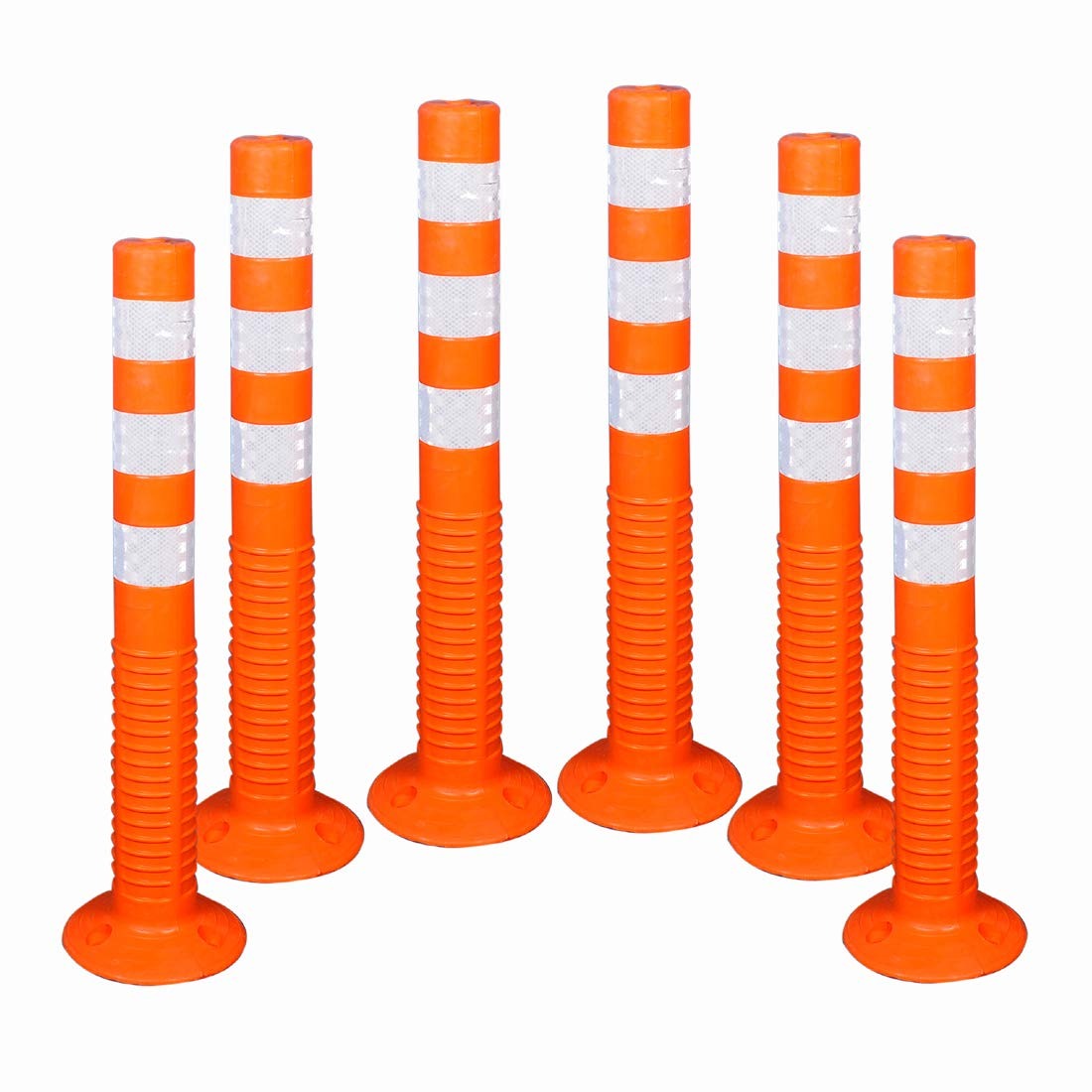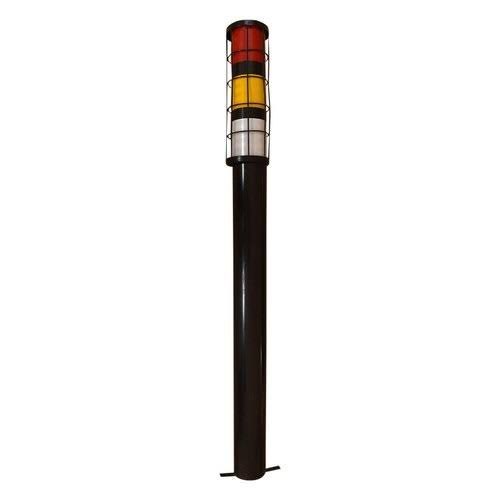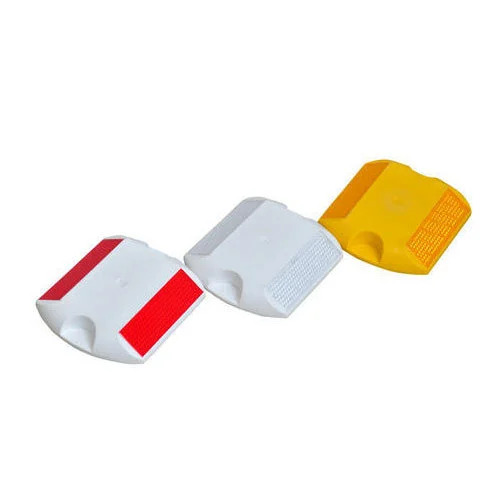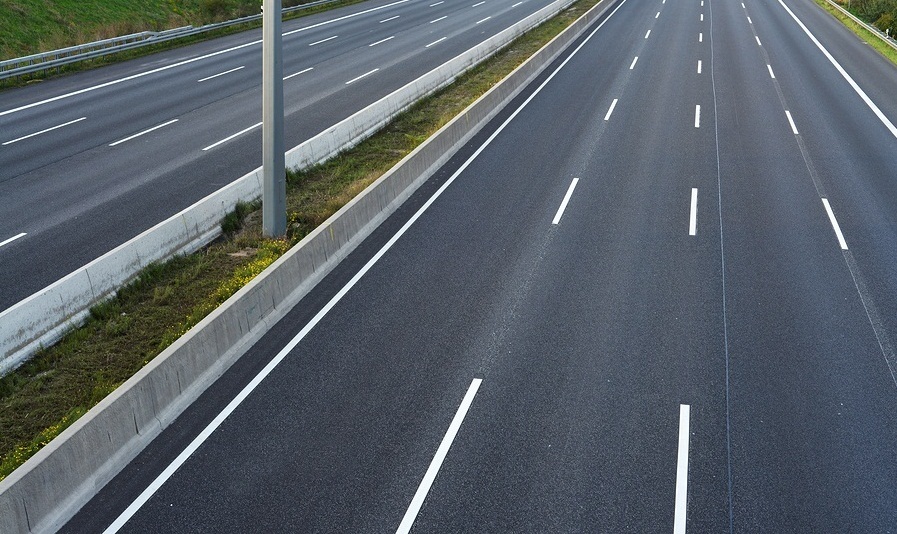Our Products
- Crash Barrier
- Thrie Beam Highway Crash Barrier
- W Beam Highway Crash Barrier
- Metal Beam Highway Crash Barrier
- Highway Guardrail
- W Beam Guardrail
- High Mast Pole
- Octagonal Pole
- Conical Pole
- Steel Tubular Pole
- Non Woven Geo Textile
- Geo Grid
- Thermoplastic Road marking Paint
- Road Stud
- Road Delineators
- Spring Post
- Road Speed Breaker
- Scissor Barrier
- Water Barrier
- Traffic Cone
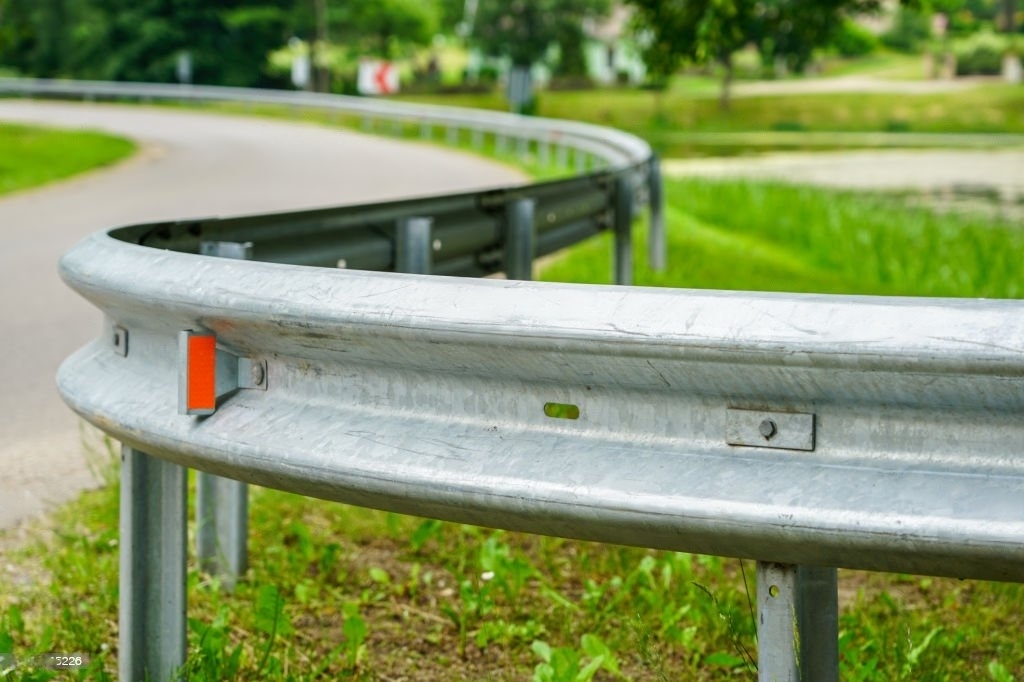
Crash Barrier
A crash barrier, also known as a guardrail, safety barrier, or crash barrier system, is a protective structure installed along roadways, highways, and other transportation infrastructure to reduce the severity of accidents and prevent vehicles from leaving the road. Crash barriers are designed to absorb impact energy and redirect or contain vehicles, thereby enhancing road safety and mitigating the potential for injuries and fatalities. These barriers come in various types and configurations, each serving specific safety and traffic management purposes.
Here are some key features and applications of crash barriers:
Vehicle Restraint: The primary purpose of crash barriers is to restrain or redirect vehicles in the event of a collision. They are designed to absorb and dissipate impact forces, reducing the severity of crashes and protecting both occupants and infrastructure.
Roadside Hazard Protection: Crash barriers are often installed near hazards such as steep embankments, cliffs, trees, utility poles, and other structures. They create a physical barrier that prevents vehicles from striking these hazards, minimizing the risk of serious accidents.
Roadway Geometry Control: Barrier systems can be used to define and maintain safe road geometry, preventing vehicles from veering off the road, crossing into opposing traffic lanes, or otherwise violating the intended road layout.
Types of Crash Barriers: There are various types of crash barriers, including steel beam guardrails, cable barriers, concrete barriers, and more. Each type has specific attributes suited to different road conditions and traffic volumes.
Roadside Safety: Crash barriers contribute to overall road safety by reducing the likelihood of severe accidents, rollovers, and head-on collisions. They provide a crucial layer of protection for drivers and passengers.
